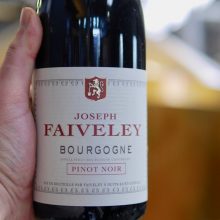
Product information
Faiveley Bourgogne Rouge 2016
$39
Description
Excellent value, crunchy fruit, good mid-palate weight (always look out for this, it’s an indicator of quality) playful tannins. A beautiful floral lift and juicy red cherry fruit core. Edgy little personality in this one!
Available in half bottles and magnums!
Out of stock
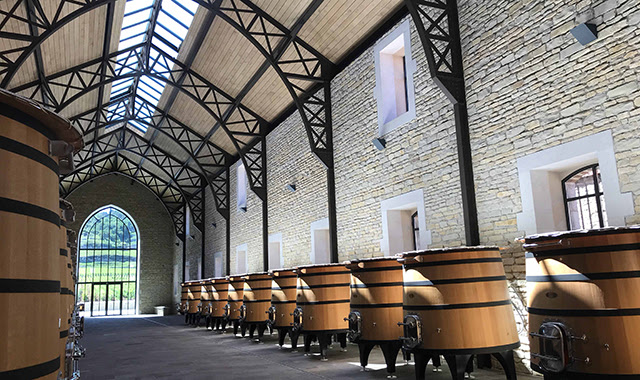








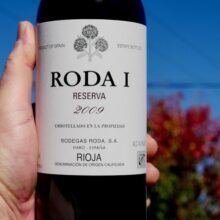
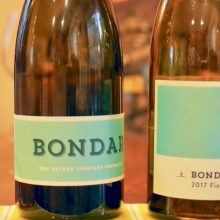
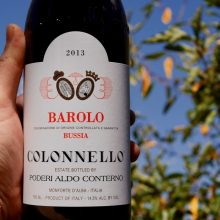
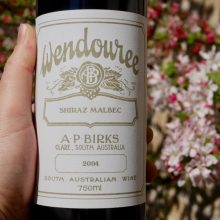
You must be logged in to post a comment.